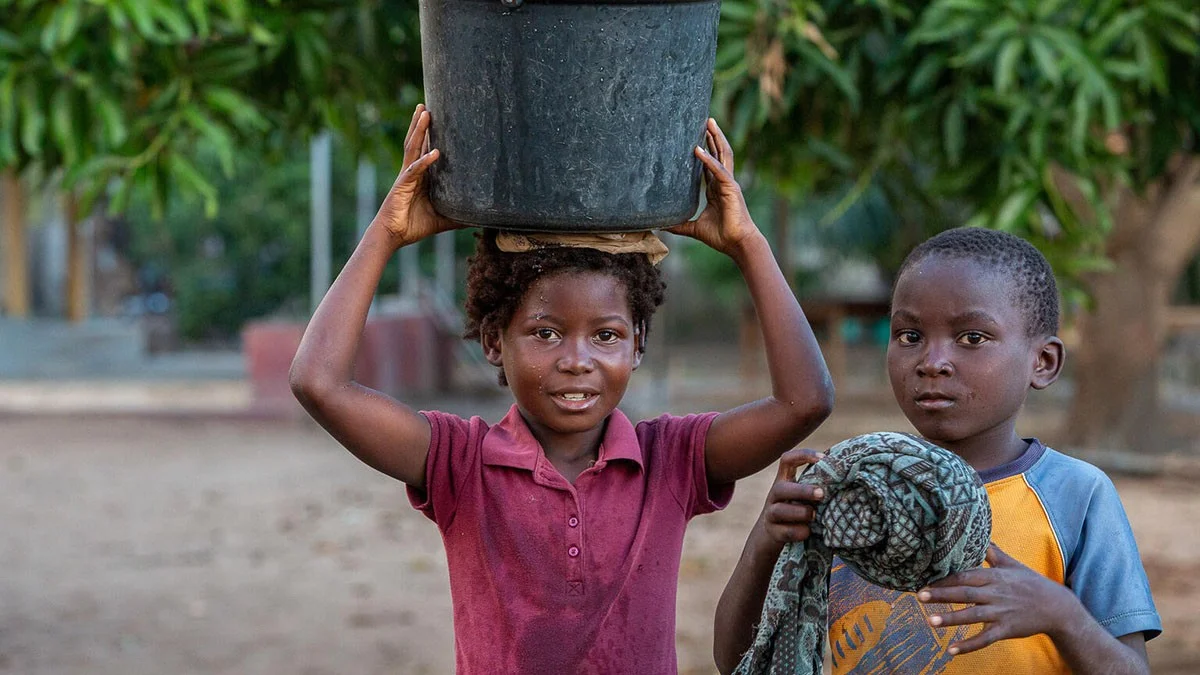Core Resources help UNICEF respond quickly to crises, promote innovation and create lasting change for children. UNICEF uses these flexible resources to provide help where it is needed most urgently. At a time of cuts to international aid, such contributions are crucial.
Core Resources are funds that can be used flexibly and strategically. They play a crucial role in achieving measurable and systemic results for children around the world. They are funds that UNICEF can use immediately, as they are not earmarked for specific projects or designated by the donor for a specific purpose. This makes them especially valuable in the fight to save lives, lower poverty and create sustainable improvement for the world’s children. In a year of cuts to international aid and worsening crises, flexible funding – from public sector partners like Switzerland and Sweden, and private sector engagement from foundations – allowed UNICEF to respond to emergencies quickly, strengthen state systems for child protection, implement innovative solutions and create lasting improvements in children’s lives. These funds especially benefit children affected by crises that get little media attention.

"Core Resources are essential to our work. The impact they achieve is incomparable,” says Bettina Junker, Executive Director of UNICEF Switzerland and Liechtenstein. "They make a considerable difference – especially in these difficult times.”
What this funding achieved
UNICEF publishes an annual Core Resources Annual Report which highlights examples from around the world. Here are a few examples:
- India: Core Resources provided 59 million people with access to safe water in 2024. The child mortality rate fell by 37 percent.
- Moldova: A 20,000-dollar investment catalyzed nationwide social protection reform, bringing benefits to millions of children.
- Bangladesh: Core Resources led to dramatic improvements in child nutrition, significantly lowering the rate of stunting among undernourished children.
- Horn of Africa: A new technology was used to find hidden water sources in drought-prone areas – with the potential to benefit 10 million people in need.
- Guatemala: UNICEF helped expand the social protection system with a 1-billion-dollar investment to mitigate the increase in child poverty during the COVID-19 pandemic.
- Global: Core Resources were used to integrate mental health services in 13 countries, reaching 8.8 million children and their families.
These examples illustrate how Core Resources are used to provide both immediate aid as well as lay the foundations for systemic change, helping children not just to survive, but to thrive.
A sign of solidarity
The government of Switzerland provided effective support to UNICEF with more than 30 percent of its contributions going to Core Resources, making Switzerland one of UNICEF’s top Core Resources partners. Switzerland is making a significant contribution to sustainable aid. UNICEF calls on all donors – be they governments, businesses, foundations or individuals – to increase the portion of flexible funding in their contributions. Core Resources are essential for UNICEF’s ability to deliver fast, effective and sustainable aid so that children – not just those receiving support through specific programs, but all children, especially those in greatest need – have a real chance of a better future.

